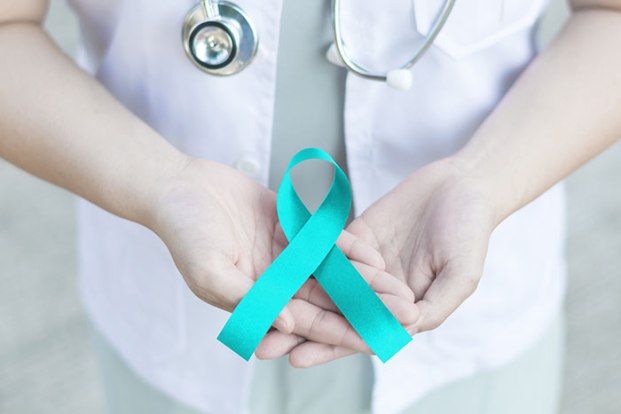Categories
- Bariatric Surgery (11)
- Black Fungus (5)
- Bone Marrow transplant (3)
- Brain Tumor Surgery Navigation Technology (20)
- Cardiac Surgery (66)
- Cardiology (97)
- Computer navigation technology for joint replacements (20)
- Covid Vaccination (17)
- Critical Care (2)
- Dental (19)
- Dermatology (31)
- Dialysis Support Group - “UTSAAH” (11)
- Dietitian (33)
- Emergency Medicine (4)
- Emotional Health (11)
- Endocrinology (33)
- ENT (20)
- Gastroenterology and GI Surgery (53)
- General and Laparoscopic Surgery (21)
- General Surgery (4)
- Gynecology & Obstetrics (183)
- Hematology (20)
- Internal Medicine (294)
- Kidney Transplant (50)
- Kidney Transplantation (20)
- Lung Cancer (8)
- Minimal Invasive Surgery (1)
- Mother & Child (20)
- mucormycosis (5)
- Nephrology (61)
- Neurology (147)
- Neurosurgery (68)
- Nutrition and Dietetics (107)
- Omicron Variant (1)
- Oncology (288)
- Ophthalmology (10)
- Orthopaedics & Joint Replacement (86)
- Paediatrics (59)
- Pediatric Nephrology (3)
- Physiotherapy (5)
- Plastic & Reconstructive Surgery (6)
- Psychiatry and Psychology (90)
- Psychologist (28)
- Pulmonology (72)
- Rheumatology (13)
- Spine Services (21)
- Transradial Angioplasty (16)
- Urology (84)
Query Form
Posted on Apr 19, 2022
Timely Detection is most essential for Cancer Management in Women
Two of the most common cancers affecting women are breast and cervical cancers, and detecting them early is key to their effective management and mitigation. One lakh new cervical cancer patients are diagnosed in India every year. By 2025, this number is slated to go up to five lakh. Similarly, breast cancer is the second most common cancer in India and is rightly called ‘the cancer of affluent society’. This is because its risk factors, the lifestyle trends that are most associated with urban living.

What are the risk factors of cervical and breast cancer?
The risk factors of cervical cancer, especially in rural areas, include early marriage custom, multiparity (having given birth multiple times), smoking tobacco products and poor personal hygiene, among others.
On the other hand, late marriage, no children, no breastfeeding, poor dietary habits – all of these mostly associated with urban lifestyle – are the risk factors of breast cancer. Besides, genetics plays a role too; if first degree relatives (mother, sister, daughter) have or had cancer, the chances of a woman having breast cancer increases by 2.5 to 3 times.
Which signs and symptoms of cervical and breast cancer should women watch out for?
In the early stages, the symptoms of cervical cancer include post-coital spotting, any type of abnormal vaginal discharge, persistent lower back ache, etc. In advanced stages, the disease may start affecting other organs such as liver and bones and symptoms may be visible likewise.
In case of breast cancer, women should be observant of any kind of lump in their breasts or adjoining areas like armpits. Other red flags are discharge from nipples, especially bloody discharge, and any thickening of the overlying skin or changes in its colour. Plus, even if a lump has been proven to be benign, a change in its texture and size can signal the onset of malignancy, and should be checked by a doctor.
What indicative screening procedures should one follow for both these cancers?
In the pre-invasive stage, a pap smear with HPV DNA testing should be conducted for cervical cancer diagnosis. In fact, it is recommended that from 23 years onwards, women should get this test done every 3 years, till they are 45-50 years of age.
For breast cancer, starting when a woman is around 25 years old, she should do self-examination of the breasts at the end of her monthly menstrual cycle. The pulp of the fingers should be used for probing, and it should be done with a steady pressure. If one finds a lump, it should be immediately reported to a qualified doctor to be further examined. Usually, 20% of such lumps are benign.
What are the treatment options for cervical and breast cancer?
Cervical cancer can be cured in 95% of the cases if detected early. The treatment options include surgery, radiotherapy and chemotherapy – either independently or in concurrence. It varies according to the stage of cancer and the tumor size. The same applies to breast cancer too.
Paras HMRI Hospital has a dedicated oncology department that specializes in such cancers. We have a highly sophisticated course of treatment for cancers, which includes LINAC and Brachytherapy machine. These ensure that the destruction of cancerous cells is highly localized and effective, meaning, maximum radiation dose to the tumour and minimum to the surrounding tissues and organs.
About the HPV vaccine for women…
HPV vaccine is a way for a woman to reduce her risk of cervical cancer. It is even recommended by FDA, and meant for females of 9-45 years. It is given as a series of three shots over six months, and protects against cervical cancer in more than 95% cases. If a woman is at high risk, the vaccine should be given early in the age spectrum. Remember, however, that even women who get an HPV vaccine need regular cervical cancer screening tests.



